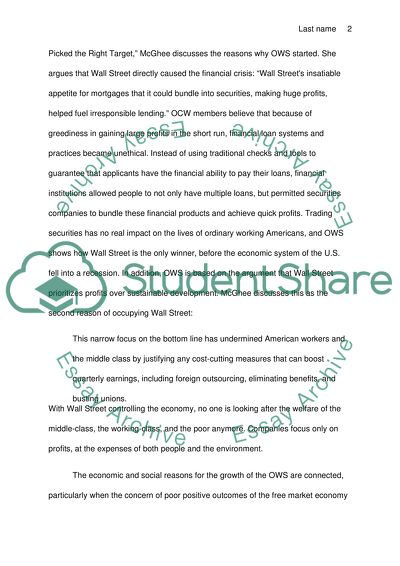Cite this document
(“The Occupy Wall Street Movement: its significance and effectiveness Research Paper”, n.d.)
The Occupy Wall Street Movement: its significance and effectiveness Research Paper. Retrieved from https://studentshare.org/history/1402754-the-occupy-wall-street-movement-its-significance-and-effectiveness
The Occupy Wall Street Movement: its significance and effectiveness Research Paper. Retrieved from https://studentshare.org/history/1402754-the-occupy-wall-street-movement-its-significance-and-effectiveness
(The Occupy Wall Street Movement: Its Significance and Effectiveness Research Paper)
The Occupy Wall Street Movement: Its Significance and Effectiveness Research Paper. https://studentshare.org/history/1402754-the-occupy-wall-street-movement-its-significance-and-effectiveness.
The Occupy Wall Street Movement: Its Significance and Effectiveness Research Paper. https://studentshare.org/history/1402754-the-occupy-wall-street-movement-its-significance-and-effectiveness.
“The Occupy Wall Street Movement: Its Significance and Effectiveness Research Paper”, n.d. https://studentshare.org/history/1402754-the-occupy-wall-street-movement-its-significance-and-effectiveness.


